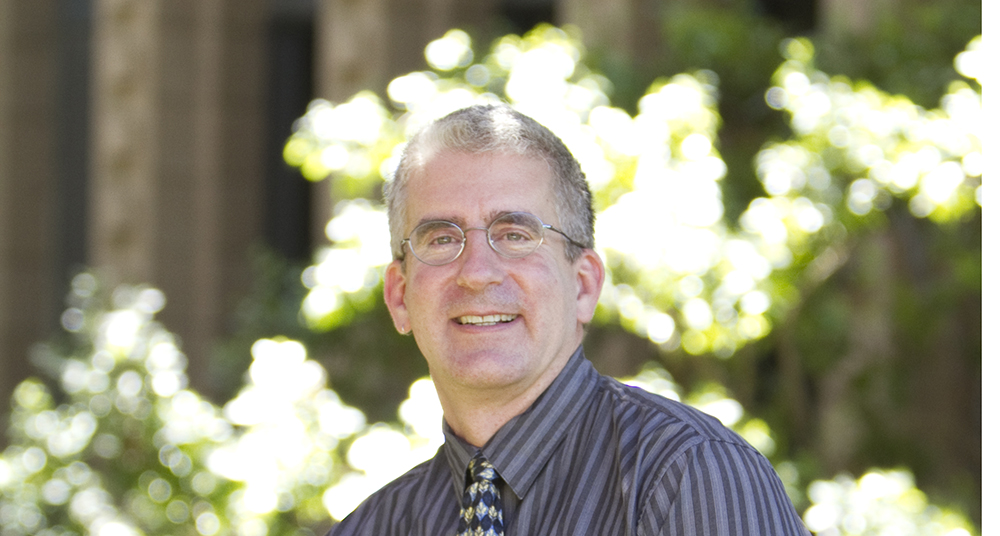Simons Foundation Funds Collaborative Research on Swarms
June 2, 2014
Andrew Bernoff, Harvey Mudd College’s Kenneth and Diana Jonsson Professor of Mathematics, recently received a five-year, $35,000 Collaboration Grant for Mathematicians from the Simons Foundation for 2014. The grant has been awarded for his research titled “Discrete & Continuous Models of Non-local Chemical and Biological Systems.”
Bernoff’s work focuses on mathematical modeling of pattern formation in physical and biological systems. On the biological side, he is particularly interested in how birds, fish and insects form aggregations, usually known as swarms. Ultimately he and his collaborators would like to understand how massive destructive locust swarms form, and develop strategies for intervention. On the physical side, he is interested in how intermolecular forces can drive the formation of elaborate labyrinthian patterns in magnetic fluids and related systems.
“Our studies are driven in part by a desire to understand how simple interaction rules between individual molecules or organisms can drive pattern formation on much larger scales,” says Bernoff. “By working with a network of biologists, physicists, mathematicians and a swarm of bright Harvey Mudd undergraduates, we are unraveling the mysteries of the elaborate patterns we see in biological and physical systems.”
Collaborators on the research project include Chad Topaz (a Macalester College mathematician who studies insect motion), Leah Edelstein-Keshet (a noted University of British Columbia mathematical biologist), Maria d’Orsogna (a statistical physicist at California State University, Northridge) and Elizabeth Mann (an experimental physicist at Kent State University), as well as numerous undergraduates from Harvey Mudd and Macalester Colleges.
Established in 1994 by Jim and Marilyn Simons, the Simons Foundation aims to advance the frontiers of research in mathematics and the basic sciences. The goal of its Collaboration Grant for Mathematicians program is to support the “mathematical marketplace” by substantially increasing collaborative contacts among mathematicians working in the United States.
Harvey Mudd College is committed to providing its undergraduates with hands-on research experiences to help prepare them for the rigors of graduate school and beyond. A recipient of the National Science Foundation’s prestigious Award for the Integration of Research and Education, Harvey Mudd College has long recognized the importance of collaborative student-faculty research, setting aside nearly $3 million annually for the purpose. Anchored by a research-supportive curriculum, Harvey Mudd students pursue research and collaborate with faculty both during the academic year and in the summer through the College’s Summer Research Program.
